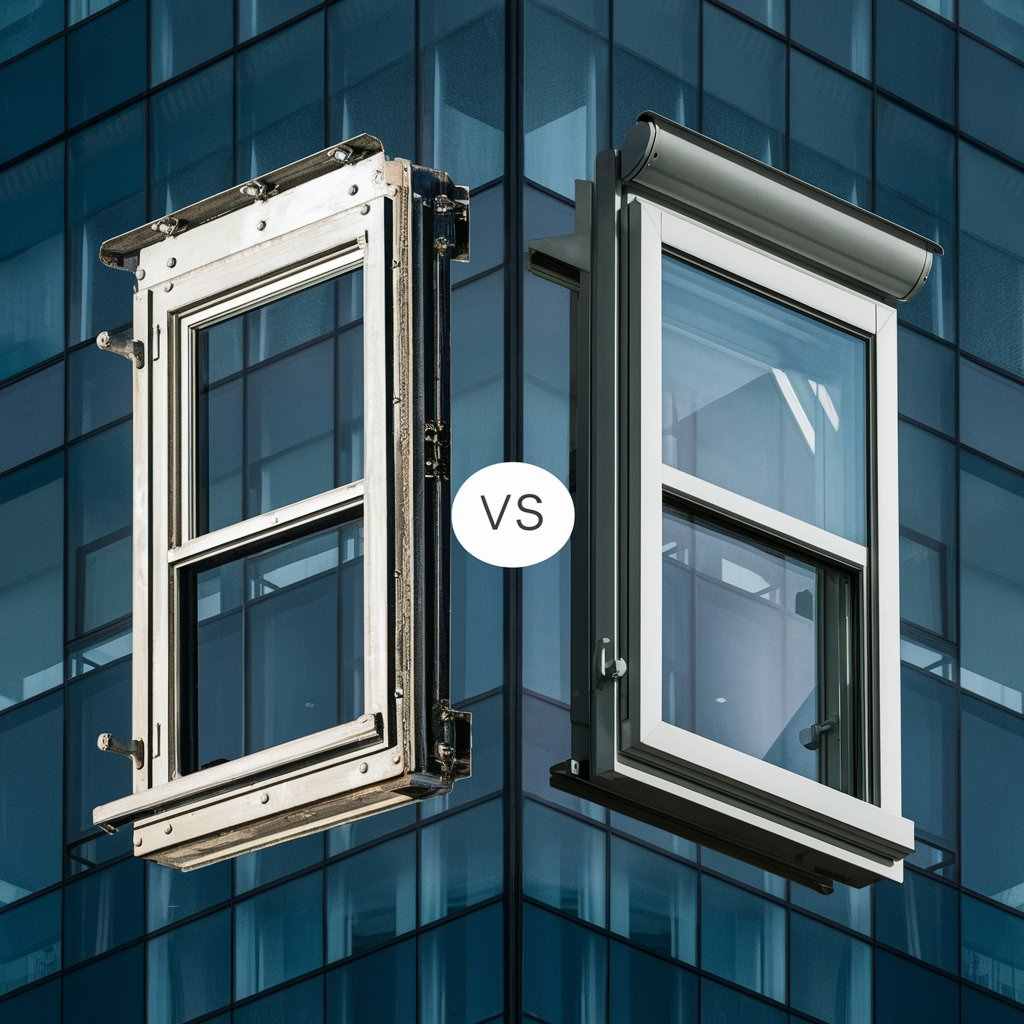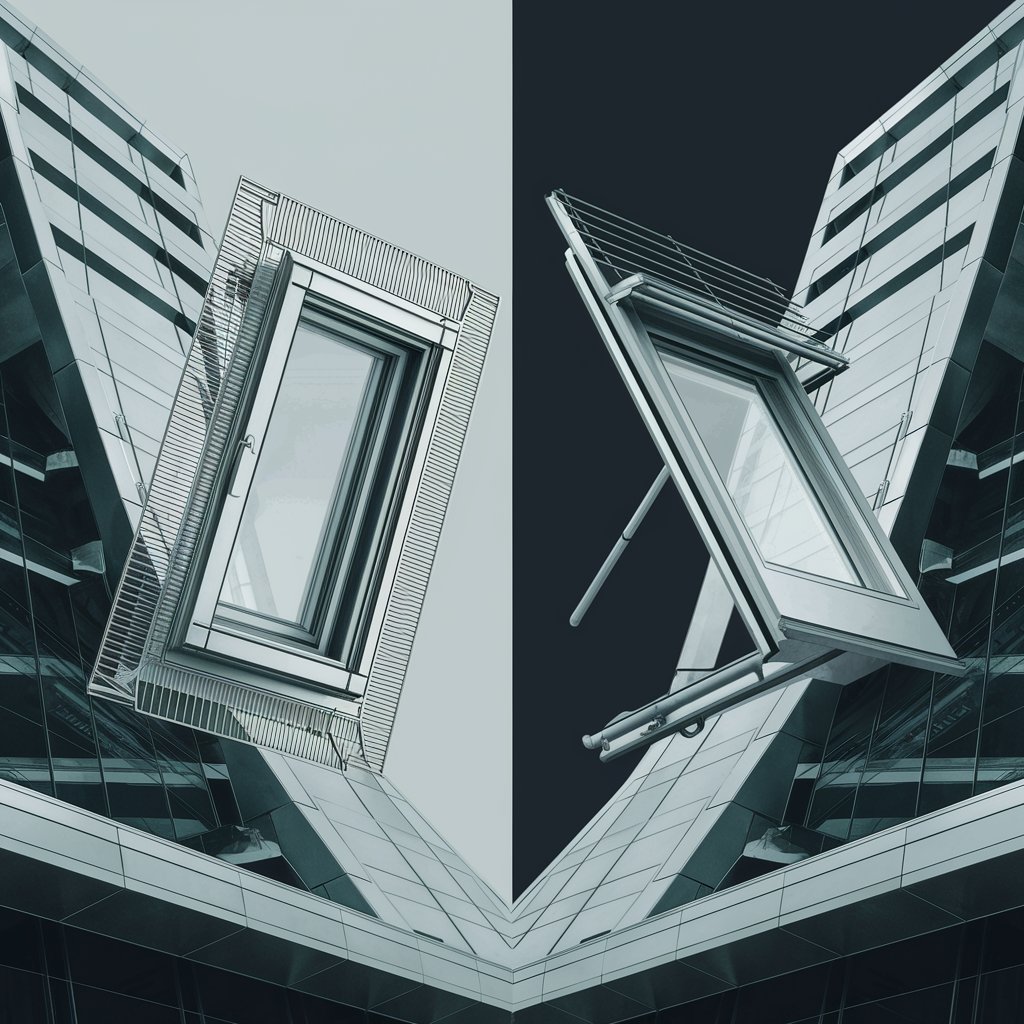The choice between flanged and flangeless windows is often overlooked, yet it significantly impacts a home’s aesthetics, energy efficiency, and weather resistance. This comprehensive guide on flanged vs flangeless windows will help you make an informed decision based on your individual needs and priorities.
Understanding the Basics
Flanged Windows: Also known as “nail fin” windows, these have a protruding flange around the frame’s perimeter. This flange is nailed or screwed directly into the wall’s framing during installation. Flanged windows are a common sight in North American homes.
Flangeless Windows: These have a sleek, minimalist frame without a flange. They’re often referred to as “European-style” windows. Installation involves securing the frame to the wall opening with screws or clips, followed by meticulous sealing. For accurate measurements, consult a window blind size chart.
Key Considerations:
- Aesthetics: Flangeless windows offer a contemporary, streamlined look that complements modern architecture. Their hidden fasteners contribute to a clean, uncluttered appearance. Flanged windows, while practical, may appear less refined due to the visible flange.
- Installation: Flanged windows are generally easier and faster to install, making them a popular choice for contractors and DIYers. Flangeless windows demand precise installation to ensure airtightness and weatherproofing, requiring specialized skills.
- Energy Efficiency: Flangeless windows often boast superior energy efficiency due to their airtight design and advanced sealing techniques. The absence of a flange eliminates potential thermal bridging (heat transfer through the frame), keeping your home warmer in winter and cooler in summer.
- Weather Resistance: Both flanged and flangeless windows can provide excellent weather resistance when properly installed. However, flangeless windows may have a slight advantage due to their continuous seal around the frame, minimizing the risk of air and water infiltration.
- Cost: Flanged windows are typically more affordable than flangeless windows due to their simpler design and installation process. Flangeless windows may command a premium price due to their enhanced energy efficiency and aesthetic appeal.
- Maintenance: Flangeless windows may require more meticulous maintenance to ensure the seals remain intact and prevent potential leaks. Flanged windows, with their robust design, are generally less prone to seal failure.
Flanged vs Flangeless windows: Which is Right for You?
The best choice depends on your individual priorities:
- Prioritize Modern Aesthetics: Opt for flangeless windows to achieve a sleek, contemporary look.
- Value Ease of Installation: Flanged windows may be the better choice for DIY installation or if cost is a major concern.
- Maximize Energy Efficiency: Choose flangeless windows for optimal insulation and reduced energy bills.
- Live in a Harsh Climate: Flangeless windows may offer superior weather protection due to their airtight seals.
Installation Tips
Regardless of your choice, proper installation is paramount:
- Flanged Windows: Ensure the flange is fully secured to the framing, and apply a sealant around the perimeter for added weatherproofing.
- Flangeless Windows: Hire an experienced installer familiar with these windows to ensure a precise, airtight fit.
The Verdict
Both flanged and flangeless windows have their merits. Flanged windows are a practical and cost-effective solution, while flangeless windows offer superior aesthetics and energy efficiency. Ultimately, the best choice depends on your individual needs and preferences.
Let me know if you’d like me to delve into specific aspects in more detail.






